Sections
Latest
In this lesson, we'll take an important step in our language learning journey. Learn about German nouns, noun genders, and the plural forms.
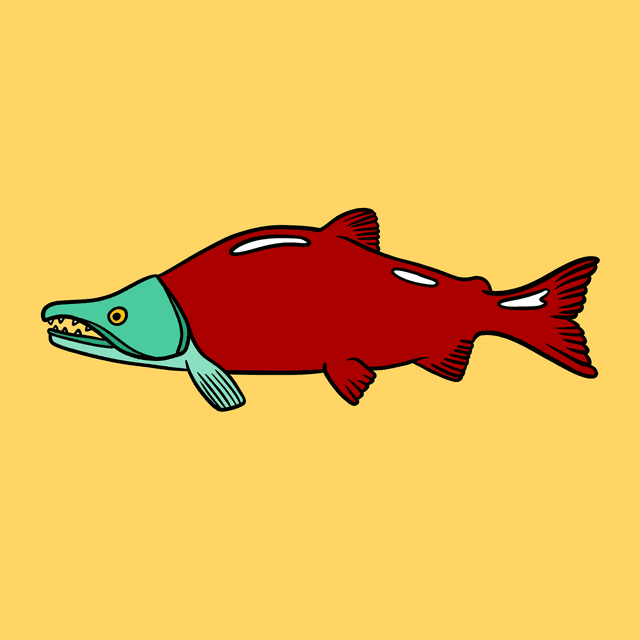




In this lesson, we'll learn all about German nouns. But before we dive in, let's remind ourselves briefly: what exactly is a noun? A noun is a word used to identify a person, place or thing: an object or concept.
Here are some examples of nouns:
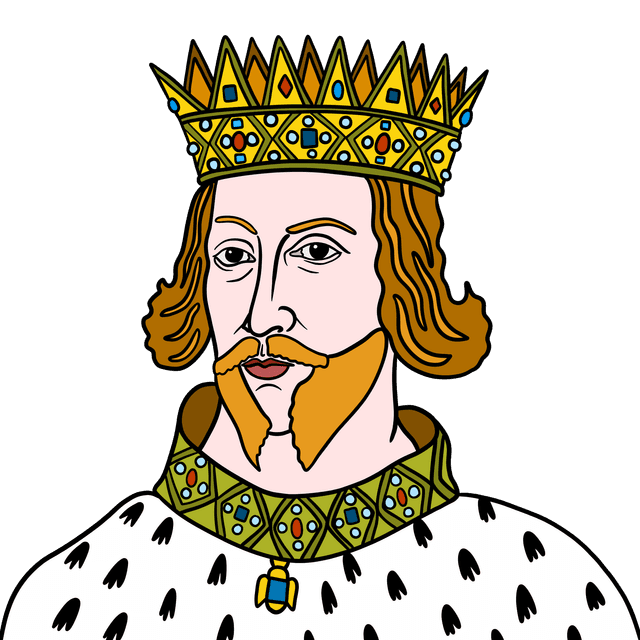
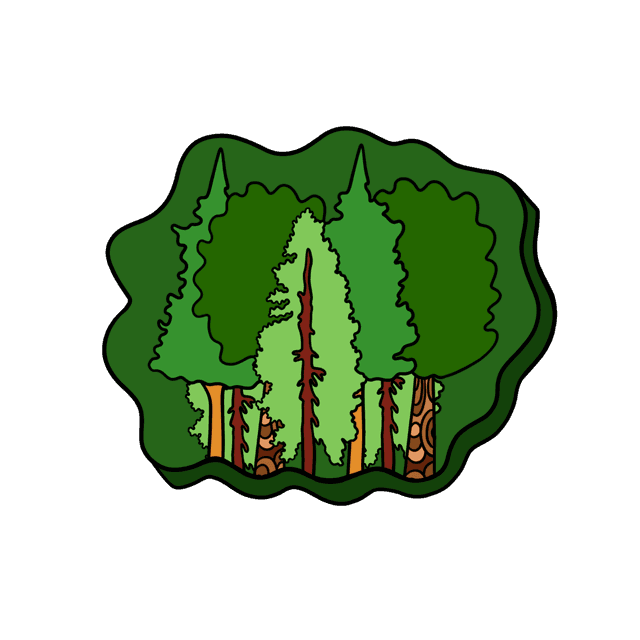
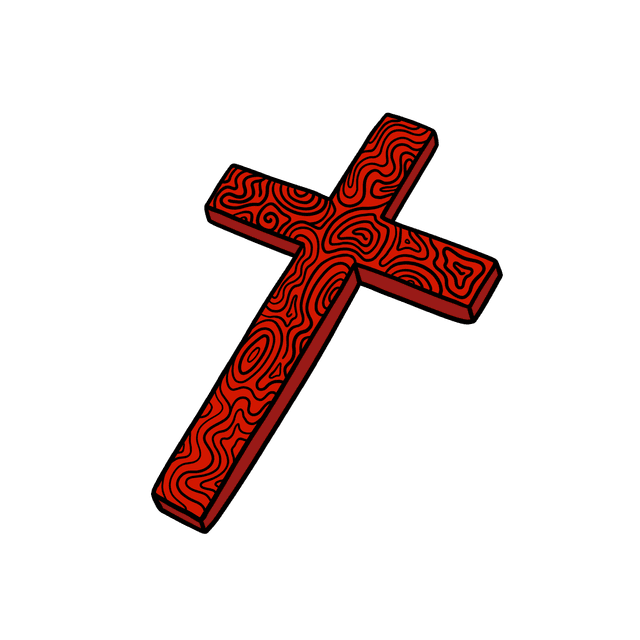
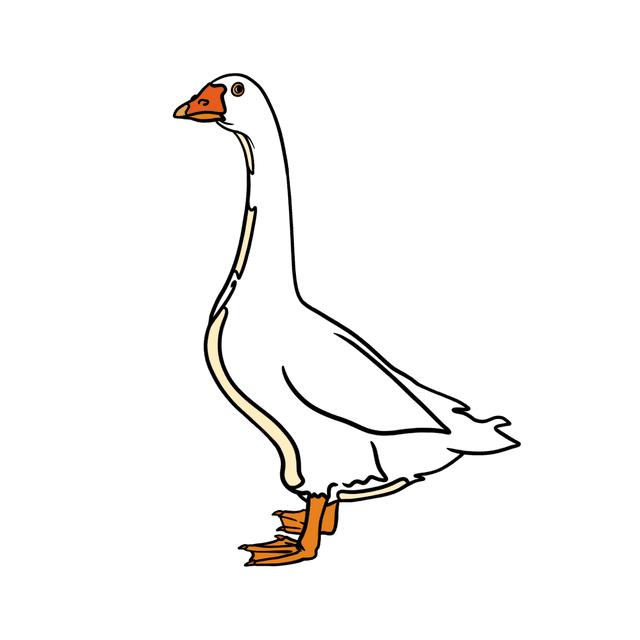
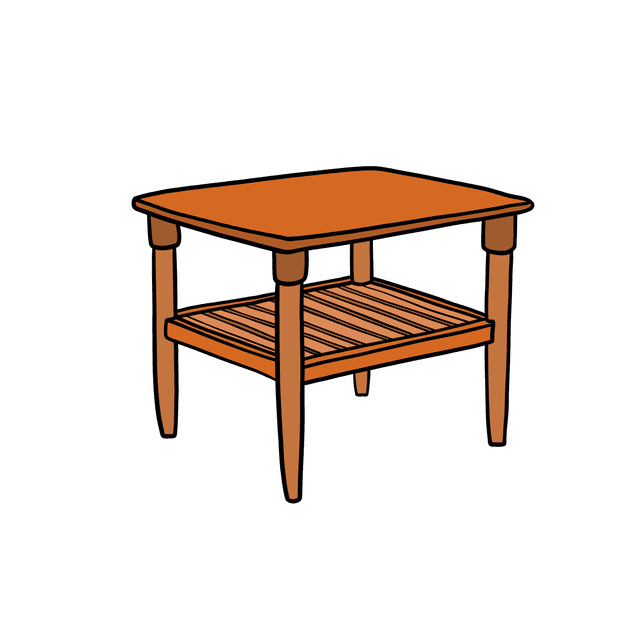
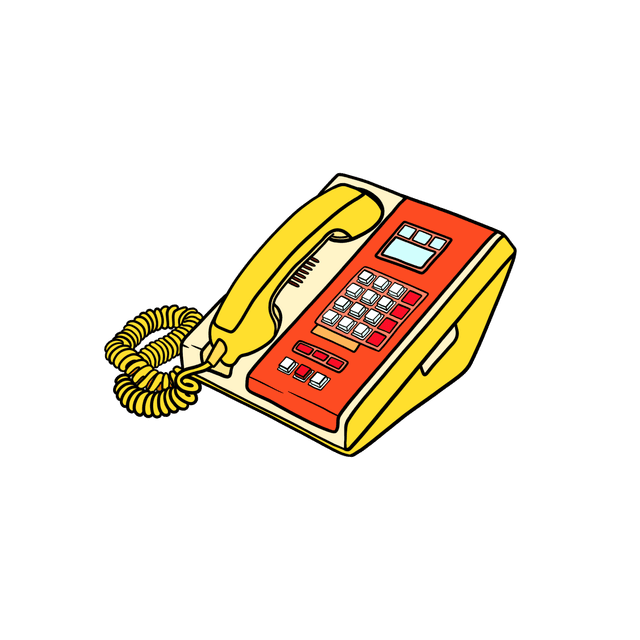
In English, we capitalise the first word at the beginning of a sentence, names and proper nouns.

However, in German, we also capitalise common nouns. That means that every thing counts.
Have a look at this sentence. Guess which words are nouns. Click on the words to reveal the answers:

You may have noticed already that all of the German nouns in the word tables include a der, die or das.
These are the three German equivalents for the English word the;
the three articles that may be used before a noun. Each German noun has one of three grammatical genders:
die is usedder is useddas is usedExercise: Which article should be used for each noun? Have a guess, before clicking on the blurred out words to reveal the answer.
| Word | Gender | Word with Article |
|---|---|---|
| Stift | masculine | der Stift |
| Katze | feminine | die Katze |
| Mädchen | neuter | das Mädchen |
Hopefully this exercise wasn't too difficult, since we let you know which gender to use. But how can you tell which article to use with any given noun, otherwise?
| Word | Gender | Word with Article |
|---|---|---|
| Mond | masculine | der Mond |
Well, unfortunately, when it comes to determining German noun gender, there's no one clear and simple way to know.
You see, whilst the gender of some nouns in German seem logical:
...others seem random:
If man is masculine and woman is feminine, why is girl neuter? And why is table masculine, and lamp feminine? 🫠
Fortunately, there are a few rules to help determine the gender of some nouns, including:
-ung are feminine-e are feminineThere are more rules like this, but we would suggest tackling them once you are at a more advanced stage, as many of them come with exceptions.
As you continue learning German, you will begin to memorise nouns together with their article, and using the correct one with confidence will become more intuitive with time.
Lastly for this lesson, let's learn how to use the plural form of nouns in German!
In English, the general rule is to use an s at the end of the word, in order to make it plural.
In German, there is no general rule.
Instead, nouns take on their plural form in various ways:
e, en, n, er or s to the end of the wordä, ö or üIn some cases, both an umlaut and word ending are added to the word.
Here are some examples of nouns in their singular and plural form. Note that all nouns in their plural form begin with the article die.


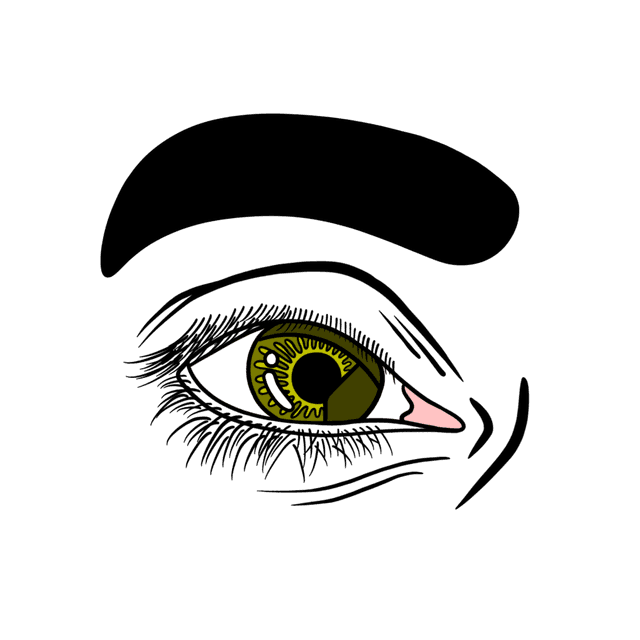
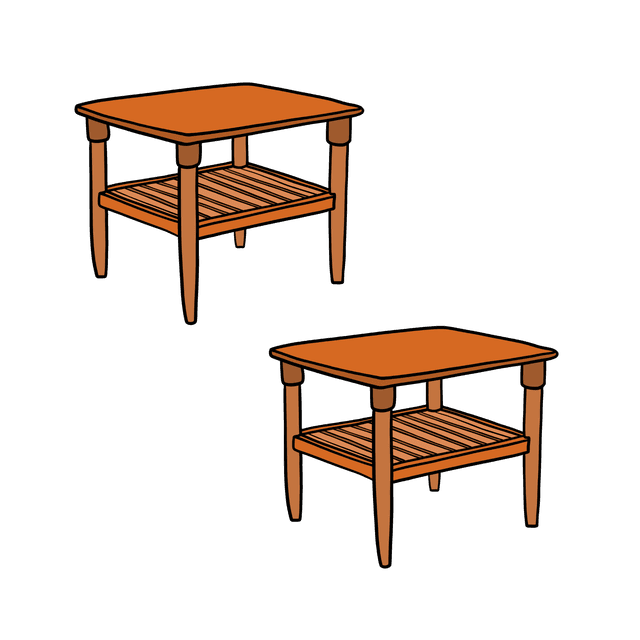

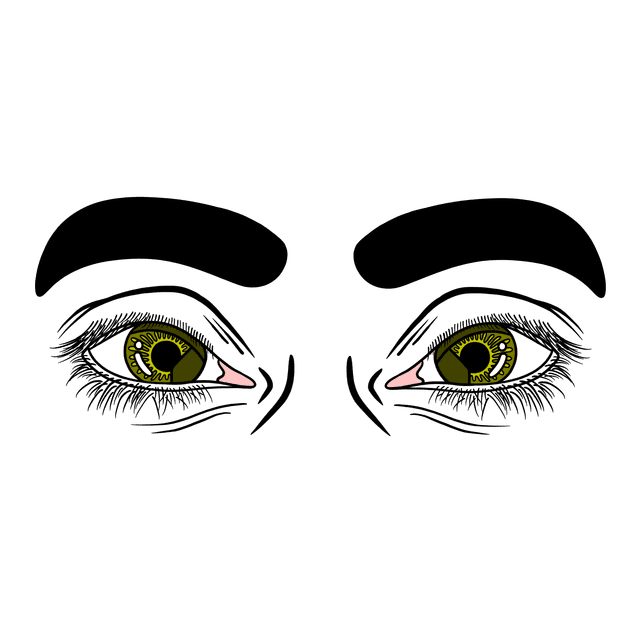
And, lastly, let's have a look at some nouns in the plural form, where the vowel transforms into an umlaut:

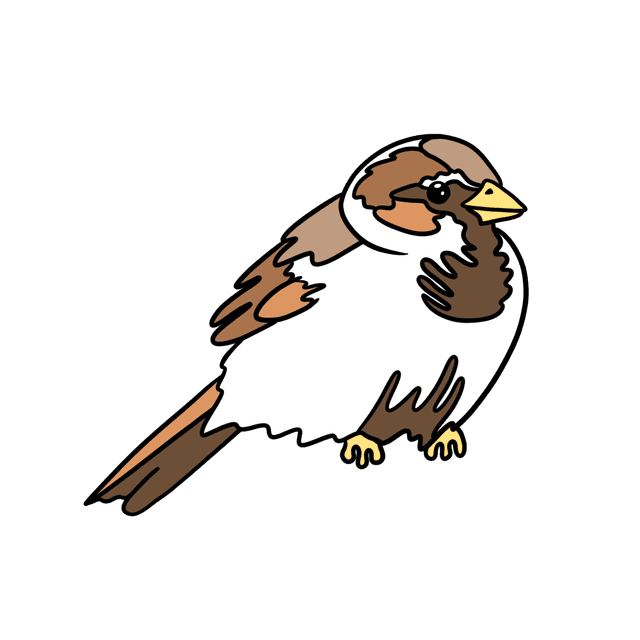


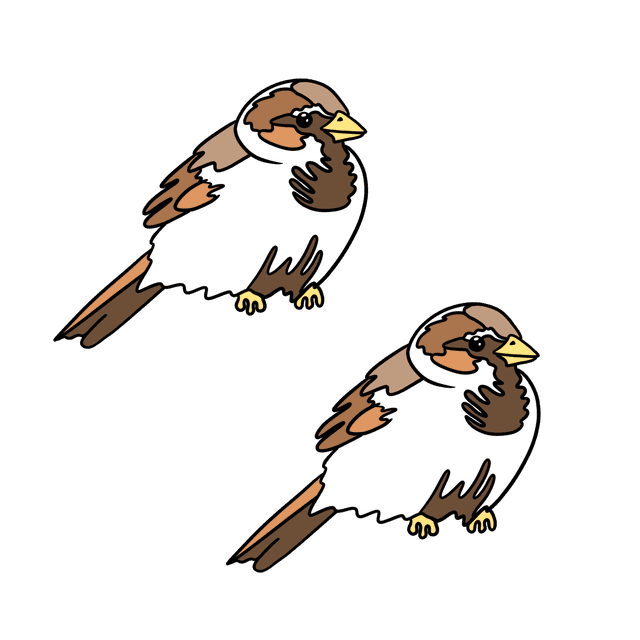
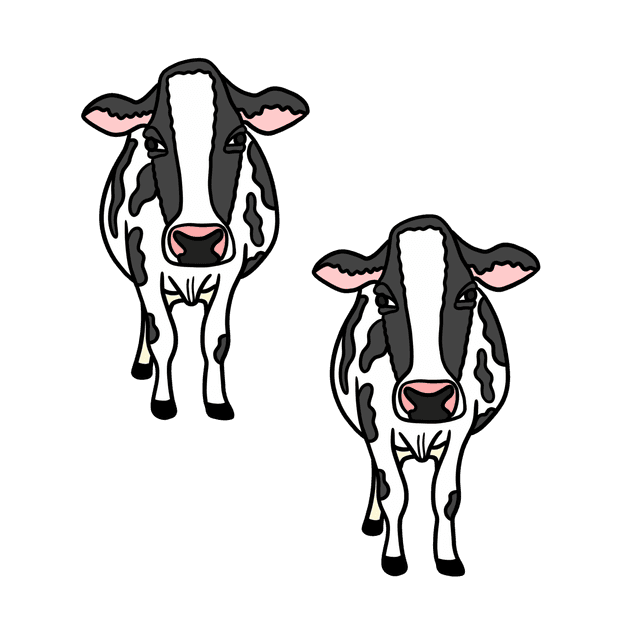
Well done 🎉!
We have now learned about the capitalisation and gendering of German nouns, the three articles (der, die, das), and the plural form.
Don't worry too much about the specifics of how to determine noun gender, or how to know which plural form to use. This will become more important later.
What's important right now is to have understood that:
Whenever you're ready, head over to the next article on German verbs, to continue on this course!